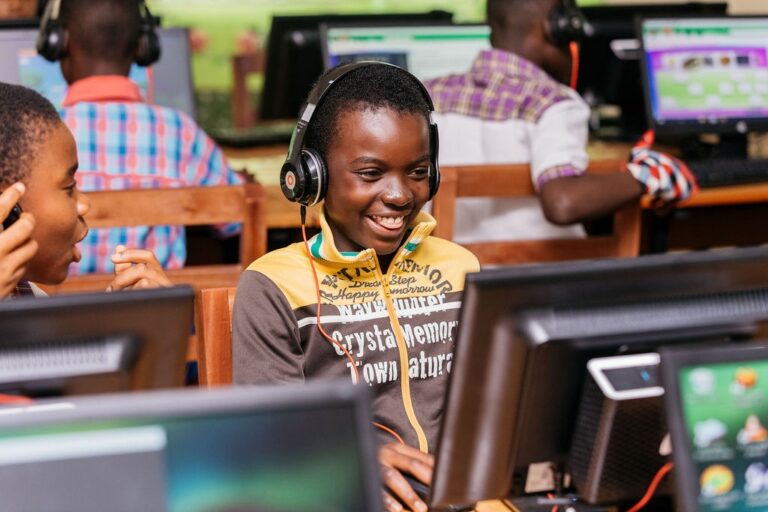By by Anthony Mann January 31, 2018
Footballer Cristiano Ronaldo is reputed to have once said that there’s no point making predictions because nothing is set in stone. It is hard to predict the future, but in education policy at least it is not altogether impossible.
We know, for example, from data accumulated over many years that people who exhibited certain attributes when young are more likely (sometimes very much more likely) to do better in work as adults. They are much more likely to find work after leaving school or university and to earn more than people who are otherwise just like them.
Studies have shown, for example, that youngsters can expect to do better in work as adults if they read well at 10 or gain higher levels of qualifications. We know as well, not least from recent OECD studies, that the children of wealthier parents routinely do better than their classmates from poorer backgrounds, even if they show the same academic promise as children.
It’s unsurprising to learn that academic ability and social background have a big influence on how well young adults can expect to do once they leave education and get into work. This is unsurprising and, for school teachers, more than a little depressing as social background is pretty much fixed, and improved academic ability is a process that is slow and always comparative. Depressing too because the predictive qualities of doing better in school are irrelevant to huge numbers of lower achievers from more modest backgrounds.
But what if there were other, more practical indicators available? Indicators that are relevant to all young people? Indicators that could provide teaching staff with useful information about which children needed more attention to help them prepare for their transitions into work?
These are questions addressed in a recently published report, “Indicators of Successful Transitions: Teenage attitudes and experiences of the world of work”, from the research team at the Education and Employers charity based in London. (Full disclosure: I led the team before joining the OECD). Drawing on UK longitudinal datasets and statistical analyses that allow a like-with-like comparison of teenagers moving into adulthood, the study was designed to provide teaching staff with a practical tool for assessing how well their students were being prepared for their ultimate transitions into work.
Trawling through research literature which uses UK datasets which follow thousands of young people from childhood into adulthood, like the British Cohort Survey and the Longitudinal Study of Young People in England, alongside new analysis of the same datasets, the research team found a number of significant associations between the attitudes and experiences of teenagers related to the working world – and what happened to those teenagers when they became young working adults. For example, studies link better adult outcomes to both teenage career aspirations that are more confident, realistic and ambitious, and the extent to which young people are involved in real workplaces, whether through their schools or in part-time work. Other research highlights the ultimate value of teenagers’ social networks in helping them find employment or access information about jobs and careers.
In all, 15 such indicators were identified and grouped together into four themes within a questionnaire for young people: thinking about the future; talking about the future; experiencing the future; and thinking about school. The questionnaire was tested with careers guidance professionals in six English secondary schools with some 800 students aged 14 to 16. In this pilot, schools explored the effectiveness of the indicators as a tool for identifying students (at all levels of achievement) who require greater attention and determining the quality of activities undertaken by students.
In addition, the guidance professionals were asked for feedback on the details of the questionnaire and how the questionnaire could be most practically used in schools. They responded that they found the indicators to be effective in identifying students requiring more support. What this means in practice is that both high and low achievers can have poorly informed careers aspirations. Both groups of students might have given insufficient thought to the breadth of their career options and how their current education or training could best relate to their future selves. Practitioners with a good understanding of the needs of students reported that the questionnaire provided reliable results. The indicators were felt to work especially well for 16-year-olds who are approaching a key transition point in the English education system. Based on this feedback, the questionnaire and marking schedule were revised and confirmed.
We may not be able to tell the future with certainty, but we can draw on reliable evidence to make better judgements about the conditions under which young people can expect a brighter future. The Education and Employers study harnesses great evidence to provide a new tool for schools determined to prepare their students well for working life.



![[Preliminary Report] CRNA Collaborative Research for Exploring Factors Nurturing"Happy and Resilient" Children among Asian Countries](https://equity-ed.net/wp-content/uploads/2024/09/1725672182698.jpg)


